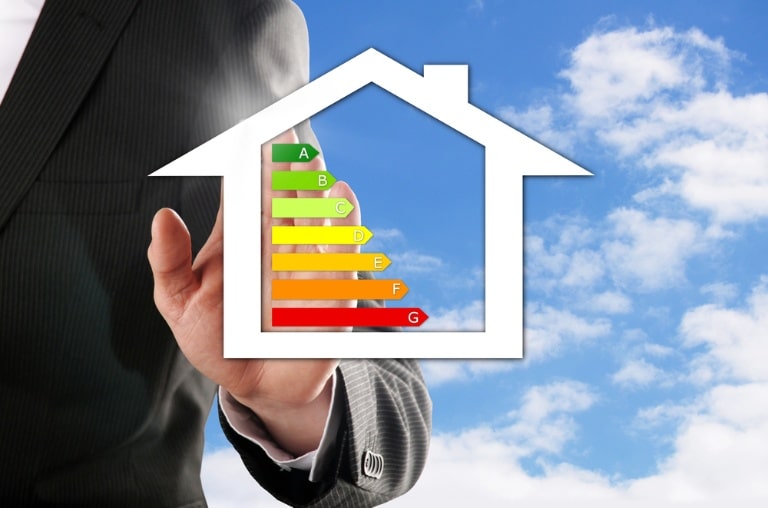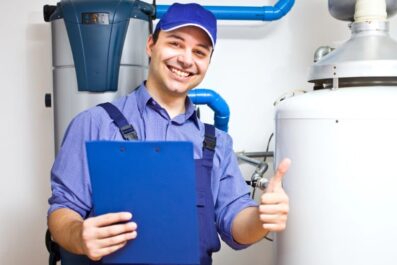Window Trends: How to Make Your Home More Energy-Efficient This Year

The best way to make your home more energy-efficient this year is to combine smart habits with strategic upgrades. Start by understanding where your energy goes. Then make changes that create real impact.
Homeowners often think energy efficiency is expensive or complicated. But small steps can lead to big savings. This article outlines practical strategies for reducing energy use, lowering bills, and making your home more sustainable in the year ahead.
Assessing Your Current Energy Use
Before making upgrades, you need to know how your home uses energy. Review your utility bills and identify seasonal spikes. This tells you when and where you’re using the most power.
Next, schedule a professional energy audit. Auditors check for leaks, poor insulation, and inefficient systems. You’ll get a prioritized list of upgrades that make the most sense.
For quick insights, use smart plugs or energy monitoring devices. These tools show which appliances use the most electricity. With data in hand, you can make smarter decisions.
Insulation and Sealing: The First Line of Defense
Energy loss often starts at the building envelope. Poor insulation and unsealed gaps let heat escape in winter and seep in during summer. That means your systems work harder and waste more energy.
- Seal air leaks around windows, doors, and attics with caulk or weatherstripping
- Add insulation to attics, crawl spaces, and walls to improve thermal resistance
- Replace old windows or use thermal curtains and cellular shades to trap indoor air
Blinds also play a role. Homeowners in colder climates or high-traffic urban areas like Northern NJ can look into partnering with experienced blinds New Jersey professionals. Remember, the right window treatment reduces solar gain in summer and adds a layer of insulation in winter.
Even modest sealing efforts can cut heating and cooling costs. It’s an easy win for energy-conscious homeowners.
Upgrading to Energy-Efficient Appliances
Old appliances are often the hidden energy hogs in your home. Upgrading to newer, energy-efficient models can cut consumption and improve performance. Always check for ENERGY STAR certification when shopping.
Choose appliances that match your actual needs. Oversized units use more power without offering better results. For example, a right-sized refrigerator runs more efficiently and helps maintain consistent temperatures.
Once installed, use appliances wisely. Run full dishwasher and laundry loads, avoid peak hours, and use energy-saving modes. These daily habits complement your hardware upgrades.
Smarter Heating, Cooling, and Lighting
Heating and cooling account for a large portion of your energy use. Efficient systems and smart controls can reduce waste without sacrificing comfort.
- Install a programmable thermostat to adjust temperatures based on your schedule
- Upgrade HVAC systems to high-efficiency models and clean filters regularly
- Switch to LED bulbs and use dimmers and timers for lighting control
These changes let your home respond to your needs, not just run on default settings. Smart systems do the thinking for you, saving energy day and night.
Leveraging Renewable Energy at Home
Installing renewable energy at home used to be rare. Today, it’s accessible and increasingly cost-effective. Solar panels are a leading choice, offering long-term returns and local incentives.
If panels aren’t an option, explore community solar programs or wind credits through your utility. These allow you to support clean energy without making major installations.
Battery storage adds flexibility. It stores excess power and lets you use it during outages or at night. Combining solar with storage boosts independence and reliability.
Conclusion
Improving your home’s energy efficiency is a smart investment. It lowers your utility bills, reduces waste, and creates a more comfortable living environment.
Start small or go big! Either way, every step matters. With the right upgrades and habits, you can make lasting changes that benefit both your wallet and the planet.




